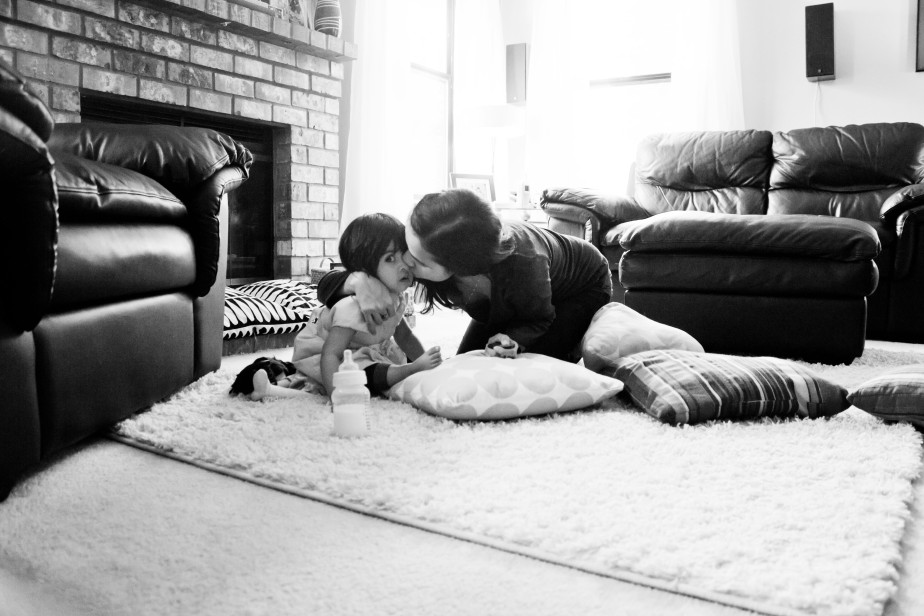You know how sometimes just looking at a picture can bring back the EXACT SAME FEELINGS we had IN the moment? It’s amazing how memory works. I’m sure you’ve also experienced mixed feelings for a seemingly perfect photo, a photo that came out just as we wanted BUT has some bad feelings attached because of something that was going on behind the scenes.
Let me tell you a story from our newlywed days. Every time we were all dressed up to leave for any event I just HAD to take a photo. I would force my husband for a few before we rushed out the door. Now when I look at these pictures, all I can think of is that stress of forcing him even though they are great photos that looked pretty okay on Facebook where I used to share them.
It is important to remember this when taking photos of our kids and families. Sometimes things get a little ugly as we force our kids to wear a particular outfit or stand a particular way or not to make that face. Now however perfect the final photo comes out, those tears and that struggle will remain in our (and their) memory the most. This becomes counterproductive since we are taking these photos to remember the good stuff.
[Read Related: Capturing Childhood: How to Take Great Photos of Children]
When we start capturing our family in an authentic manner though and begin to let go of any perfect picture in our head, then we realize that the clothes, poses, and the perfect smiles won’t matter years later. Instead, the chaotic beauty of our family being together, our little ones and their personalities, all the silly quirks that make them, ‘them,’ is what we will love looking back on.
Basically, we can all just relax about the ‘perfect photo’ and embrace the mismatched tutu skirts and the ugly toys that find themselves in the pictures. Let’s enjoy each other and our craziness and let our photos tell the real story of our life. One day these will speak for this phase of our life more than any perfectly put together photo will!
[Read Related: How To Plan An Easy Breezy Maternity Shoot!]
This post was originally posted on Nataliya’s blog The Ramblings of a Lazy Inspired Mom and is republished with permission.





